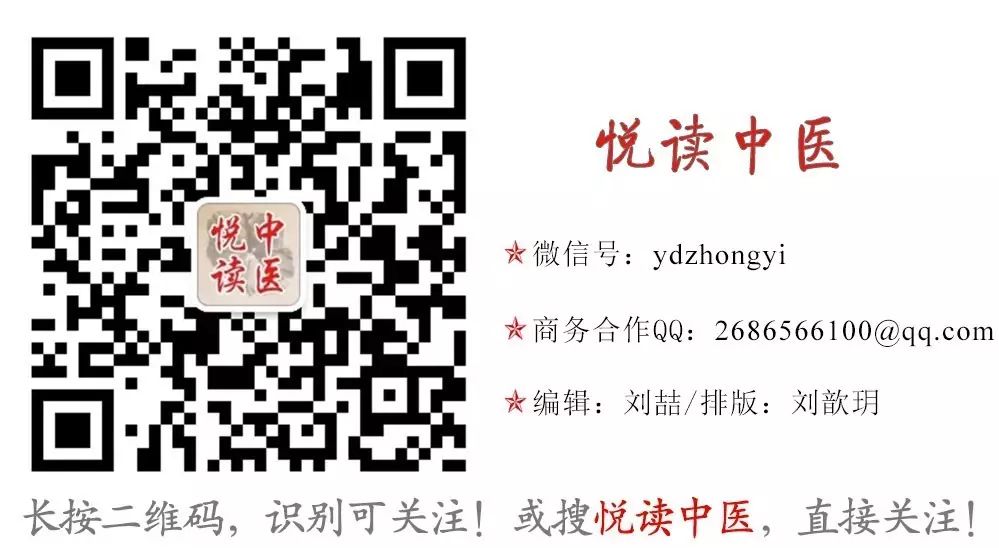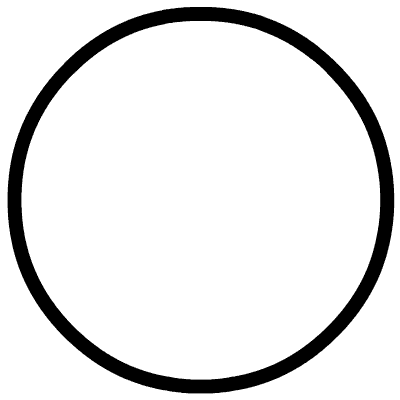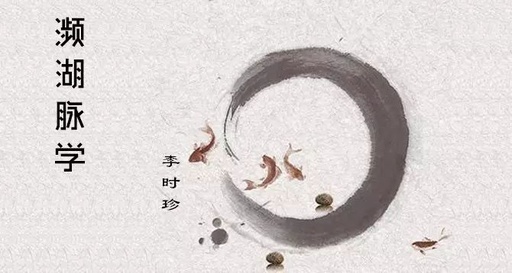↑ Click on “Read Traditional Chinese Medicine” above to follow us
Editor’s Introduction
The floating pulse types have been fully shared, how is everyone learning? Pulse diagnosis is the essence of Traditional Chinese Medicine (TCM). To master it, one must first memorize the pulse rules and understand them thoroughly, then continuously experience them in practice to achieve clarity in the heart and precision in the fingers! To facilitate understanding, we have added translations, how considerate~~ Without further ado, let’s start memorizing together! Here comes the second wave of deep pulse types!
Deep Pulse Types
The deep pulse types mainly include the Chen Mai (Deep Pulse), Fu Mai (Hidden Pulse), Lao Mai (Firm Pulse), and Ruo Mai (Weak Pulse).
Chen
Chen Mai: Requires heavy pressure to reach the sinews and bones (from the “Pulse Classic”). Like cotton wrapped around sand, hard inside and soft outside (Yang’s description). Like a stone thrown into water, it must reach the bottom.
Translation: The deep pulse can only be felt with significant pressure applied to the sinews and bones. It resembles cotton wrapping around sand, being hard inside and soft outside; it is also like a stone thrown into water, which inevitably sinks to the bottom.
Water flows downwards, and the pulse comes deep, soft and smooth between the sinews and bones.
In women, the cun pulse is deep; in men, the chi pulse is deep; this is normal across the four seasons.
The deep pulse indicates water retention in the yin channels, with a rapid pulse suggesting internal heat, a slow pulse indicating internal cold, and a slippery pulse suggesting phlegm. A deep pulse that is weak often indicates yang deficiency and qi sinking, while a deep pulse that is strong suggests accumulation and internal cold.
The cun pulse being deep indicates phlegm stagnation and water retention in the chest; the guan pulse being deep indicates cold in the middle jiao, leading to pain if not unblocked; the chi pulse being deep indicates turbidity, nocturnal emissions, and diarrhea, or pain in the lower back and abdomen due to kidney qi deficiency.
Fu
Fu Mai: Requires heavy pressure on the bones to feel the pulse movement (from the “Pulse Classic”). The pulse runs beneath the sinews (from “Corrections”).
Translation: The hidden pulse requires pushing on the sinews and bones to locate it, and the pulse movement can only be felt faintly beneath the fingers.
The hidden pulse is sought by pressing on the sinews and bones, with a faint movement felt deep beneath the fingers.
In cases of cold damage, sweating may relieve the condition; if there is a counterflow and abdominal pain, it indicates a yin condition.
The hidden pulse is often seen in cholera with frequent vomiting, and abdominal pain is often due to food stagnation.
Retention of water and old phlegm leads to accumulation; one should not delay in warming the interior and dispersing cold.
Food stagnation in the chest leads to a hidden pulse in both cun positions, with a desire to vomit but unable to do so, causing great discomfort; the guan pulse being hidden indicates abdominal pain and heaviness; while the chi pulse being hidden indicates hernia pain as if the abdomen is splitting open.
Translation: The hidden pulse must be sought by pressing on the sinews and bones, and the pulse movement is faintly felt deep. The presence of a hidden pulse in cases of cold damage indicates a need for sweating to resolve the condition; if there is a counterflow and abdominal pain, it indicates a yin condition.
The hidden pulse indicates conditions such as cholera with frequent vomiting or pain due to food stagnation. Accumulation from water and old phlegm should be treated by warming the interior and dispersing cold.
Food stagnation in the chest leads to a hidden pulse in both cun positions, with a desire to vomit but unable to do so, causing great discomfort; the guan pulse being hidden indicates abdominal pain and heaviness; while the chi pulse being hidden indicates hernia pain as if the abdomen is splitting open.
Lao
Lao Mai: Similar to the deep and hidden pulses, it is large and long, slightly wiry (from the “Pulse Classic”).
Translation: The firm pulse resembles both the deep and hidden pulses, being large and long, with a slight wiry quality.
The wiry, long, and firm pulse is solid and strong, often found between the deep and hidden pulses.
The leather pulse and the wiry pulse appear in the floating position; the leather pulse is weak while the firm pulse is strong and requires careful examination.
In cases of cold, the firm pulse is strong with excess in the interior, leading to cold pain in the abdomen and heart, with liver qi invading the spleen.
In cases of hernia or abdominal masses, the presence of a firm pulse is not a cause for concern, but if there are signs of blood loss or yin deficiency, caution is warranted.
Translation: The firm pulse is characterized by a long, solid, and strong quality, situated between the deep and hidden pulses. The leather pulse, wiry pulse, and string pulse appear in the floating position, with the leather pulse being weak and the firm pulse being strong, requiring detailed diagnosis.
In cases of internal cold, the firm pulse indicates excess, presenting as cold pain in the heart and abdomen or liver qi invading the spleen. The presence of a firm pulse in cases of hernia or abdominal masses is not a cause for concern, but caution is needed if signs of blood loss or yin deficiency are present.
Ruo
Ruo Mai: Extremely soft and fine, felt only with heavy pressure, not detectable with light touch (from the “Pulse Classic”).
Translation: The weak pulse is characterized by extreme softness and fineness, only detectable with heavy pressure, and not felt with a light touch.
The weak pulse comes without strength, soft and fine, not seen in the floating position.
Yang is trapped in yin, leading to weak essence and blood; a white-haired person may still be youthful, but a young person with a weak pulse should be cautious.
The weak pulse indicates yin deficiency and declining yang energy, with symptoms of chills, fever, and muscle atrophy.
Excessive fright and sweating lead to diminished spirit; one should tonify qi and regulate blood urgently.
The cun pulse being weak indicates yang deficiency, while the guan pulse being weak often indicates spleen and stomach weakness.
To diagnose conditions of yang deficiency and yin essence depletion, one must carefully examine the two positions of the shenmen pulse (the shenmen pulse is one of the nine pulse positions examined, located at the radial artery at the wrist, corresponding to the heart meridian).
Translation: The weak pulse is characterized by a lack of strength, only showing its soft quality under heavy pressure, and is not detectable in the floating position. Weakness in the pulse is often due to deficiency in yin essence and declining yang energy, with symptoms such as chills, fever, and muscle atrophy. Elderly individuals may present with a weak pulse as normal, but caution is warranted for younger individuals.
The weak pulse indicates a deficiency in yin essence and declining yang energy, often presenting with symptoms of chills, fever, and muscle atrophy. Excessive fright and sweating can lead to diminished spirit; thus, it is essential to tonify qi and regulate blood promptly.
A weak cun pulse indicates yang deficiency, while a weak guan pulse often indicates weakness in the spleen and stomach. To diagnose conditions of yang deficiency and yin essence depletion, careful examination of the two positions of the shenmen pulse is necessary.
END

Copyright Statement
This article is selected from “Classics of Traditional Chinese Medicine: Binh Lake Pulse Studies and the Eight Extraordinary Meridians” (published by China Traditional Chinese Medicine Press, authored by Li Shizhen from the Ming Dynasty), with all rights reserved by the original author. Recommended for publication by Read Traditional Chinese Medicine (WeChat ID: ydzhongyi), cover image sourced from the internet. Unauthorized reproduction is prohibited!

 Click the original text to purchase the book!
Click the original text to purchase the book!

